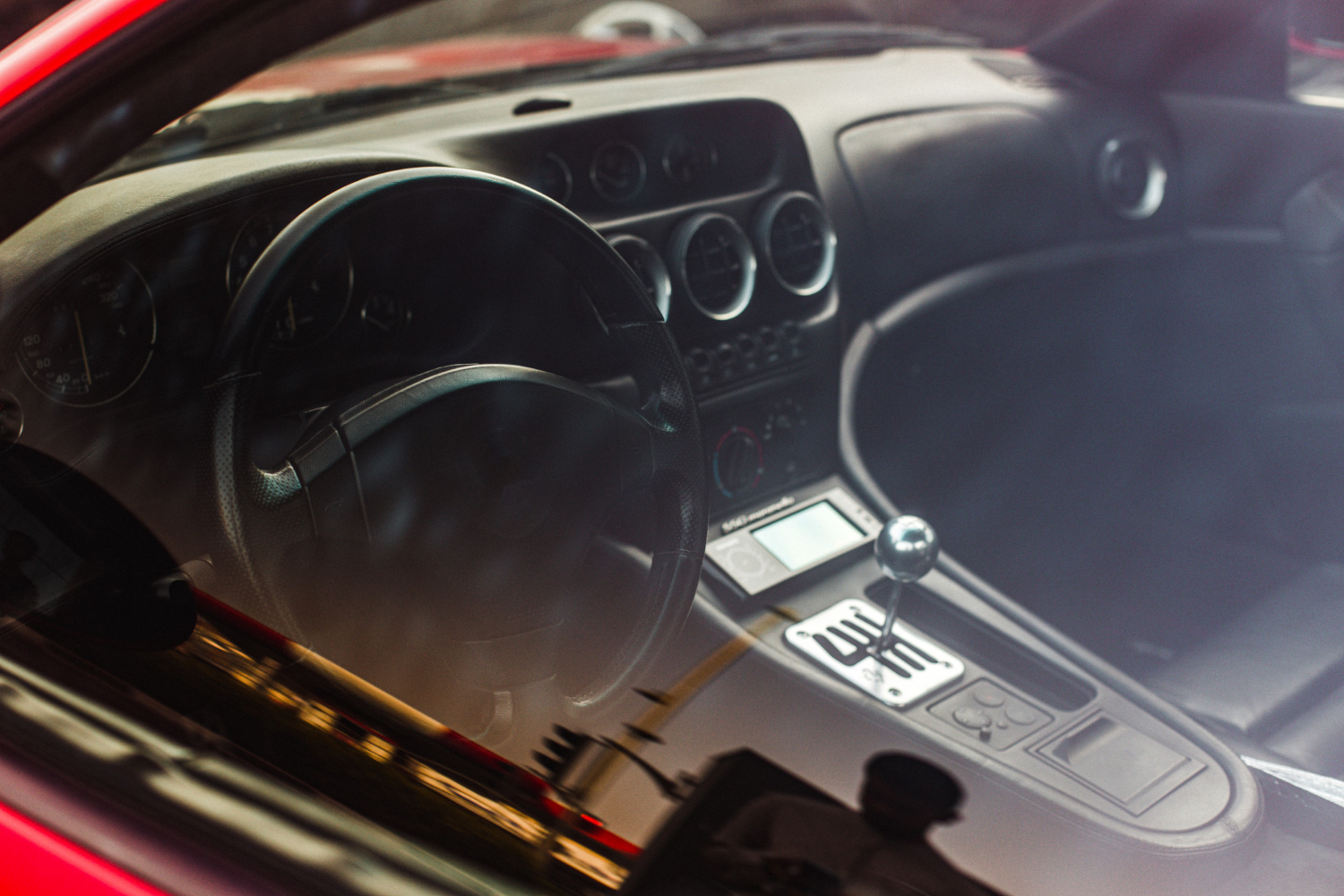The evolution of car safety technology is an astonishing tale of invention, progressing from mechanical solutions to more reflexive, predictive systems. Early cars provided little or no protection, but today’s vehicles are endowed with advanced technology not only to respond to accidents, but also to avoid them altogether.
This evolution represents a major shift in focus from reactive steps, such as airbags and the Service StabiliTrak system, which monitors the speed of the steering wheel and wheels, to proactive technologies such as AI and V2X communication. Vehicle safety has come a long way over the decades.
Early Safety Measures: Seatbelts and Crumple Zones
The seatbelt was first introduced as a major step forward in car safety. The three-point seatbelt was patented by Volvo in 1959 and represented a stunning breakthrough. The company released the patent to all manufacturers free of charge, placing potential at the service of saving these lives. The world would not widely adopt and mandate the use of seatbelts for decades after they proved effective.
At the same time, automotive engineers engineered the crumple zone, a part of a vehicle that is meant to deform and dissipate kinetic energy in an accident. First used back in the 1950s, its purpose is to dissipate crash forces away from those sitting inside the car, thus greatly reducing serious injuries – and that really was a step-change in thinking about how cars should be designed.
The Airbag Revolution
Airbags first became popular in the 1970s, acting as a secondary restraint system when cars hit something. Such early types were nothing more than flat front cushions. Today’s cars are full of an airbag shield that blankets passengers.
Modern airbag systems include:
- Side and Curtain Airbags: Protect occupants during side-impact collisions and rollovers.
- Knee Airbags: Reduce lower-limb injuries in frontal crashes.
- Center Airbags: Prevent front-seat occupants from colliding with each other.
- External and Pedestrian Airbags: Deploy on the vehicle’s exterior to absorb impact energy or cushion pedestrians.
Now these systems are adaptive, meaning they sense how hard a crash is and how big the occupants are and change the force with which the airbag inflates to reduce potential injury from an overly aggressive inflation.
The Dawn of ADAS
ADAS Advanced Driver Assistance Systems (ADAS) were one step beyond passive safety. These systems rely on a variety of sensors, cameras, and radar to keep tabs on the car’s environment and help out the driver.
Key ADAS features include:
- Automatic Emergency Braking (AEB): Detects potential collisions and automatically applies the brakes.
- Lane Departure Warning: Alerts the driver if the vehicle unintentionally drifts out of its lane.
- Blind Spot Monitoring: Warns the driver of vehicles in their blind spots.
These systems essentially serve as a co-pilot, alerting drivers to vehicles and stopping the car before an accident can occur. The information collected from these systems is also vital. For instance, a Telemetryczny (motor vehicle telemetry) system records data from sensors in real time to observe vehicle and driver performances, which is priceless when working to enhance safety.
AI and V2X: The Future of Safety
Artificial intelligence (AI) and vehicle-to-everything (V2X) communication are the new ways to ensure the safety of vehicles. AI algorithms scrutinize data from in-cabin and exterior sensors to anticipate threats and take on-the-fly decisions. This also includes driver fatigue monitoring and traffic sign recognition.
V2X communications enable a vehicle to “speak” to other vehicles (V2V) and infrastructure such as traffic lights (V2I). This never-ending system of sharing information about speed, position and the state of the road allows cars to predict and avoid hazards far sooner than a human driver could respond.
Impact of Vehicle Safety Advancements
| Safety Technology | Impact on Road Safety |
| Seatbelts | Widespread use has saved millions of lives since their introduction. |
| Airbags | Reduce the risk of fatality in frontal crashes by about 30%. |
| ADAS | AEB systems can reduce front-to-rear crashes by approximately 50%. |
| V2X Communication | Has the potential to address up to 80% of non-impaired multi-vehicle crashes. |
| Cybersecurity | Advanced measures are now essential to protect connected vehicles from hacking. |
A Safer Road Ahead
The development of automotive safety technology has followed a path from shielding occupants from an impact to avoiding the impact altogether. From the humble seatbelt to AI-driven predictive systems, every advancement has helped us make our roads safer. As technology gets more and more sophisticated, we’ll likely see smarter and more proactive safety systems that will cut down even further on accidents -and deaths.













